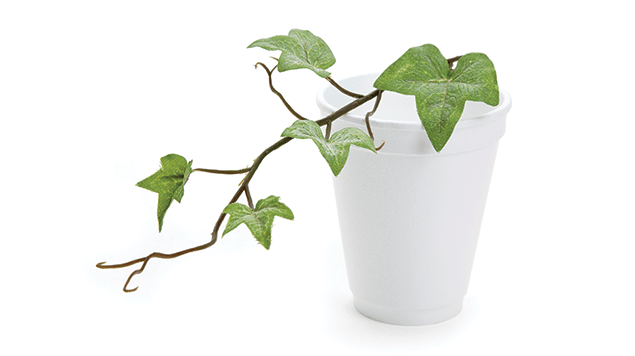Every cup of coffee starts off the same way, from quality selected raw coffee beans. If you were to inspect these green coffee beans you would notice they have little to no discerning characteristics in common with the final product we are used to seeing. So how do they go from raw to ready-to-grind and brew? By roasting of course. And the process of roasting coffee is not only an art form, it is also a science.
Roasting coffee is best described as cooking the coffee bean. When the coffee beans are heated they take on various physical and chemical changes that give the coffee its flavor and aroma. This “browning” effect is known in the food industry as the Maillard Reaction, named after the French scientist who discovered it in 1912. “Browning” is not simply charring a product, it’s the reaction between amino acids and carbohydrates (sugars) when the right amount of heat is applied. When roasting (“browning”) coffee, the sugars inside of the bean caramelize and the fats within the coffee bean are converted into aromatic oils, thus transforming the bean into the form we all know and love.
And timing is imperative. Roast the beans too short and you wind up with an astringent, doughy flavored colorless infusion when brewed. Roast them too long and you will wind up with a beverage that tastes burnt, bitter and unpleasant.
This is precisely why roasting coffee is an art form as well as it is a science. Many say that a true roastmaster relies on instinct to know when the coffee is ready. But, simply speaking, the best way to measure a bean’s roasting progress is to use both time and sound. Naturally as the bean heats up the pressure inside builds. Around the 8 minute mark, when the pressure becomes too great, they will make audible popping sounds referred to as the “First Crack”. Here is where the coffee bean ruptures, doubles in size and turns a light cinnamon-brown color. The coffee is not at a desired completeness at this point and therefore must continue to roast.
Between 11-14 minutes the beans now approach “Second Crack” where they suddenly expand heat and make a crackling sound. The roast color is between a medium to chestnut brown and the beans take on an oily sheen from the oils that rise to the surface. Coffee that has reached second crack is suitable for making dark roast coffees. Light and medium roast coffees are produced between first and second crack.
After 15 minutes the beans grow quiet and begin to smoke. Having now caramelized, the bean sugars start to carbonize. The surface is very oily and the coffee bean will darken further as the oils continue to rise to the surface. When the roast reaches past 20 minutes, the beans will turn to a very dark brown, almost black color. This level is from where we get our French and Italian roasts.
Here is a closer look at the changes the coffee bean undergoes during the roasting process:
When the roastmaster determines that the batch has reached completion, it is time to cool the beans. It must be done right away to avoid further cooking and modification of the roast level. Typically the coffee is cooled with air that is blown up through perforated holes in the cooling tray but another method incorporates water. Believe it or not, even the drying process can have an effect on the characteristics of the finished product. Roast Magazine mentions: In a lecture on cooling at the SCAA Expo in 2002, Agtron managing partner Carl Staub spoke about the impact of proper cooling on sugar development during the roasting and cooling process:
“The primary sugar in coffee is sucrose. During the roasting process you fracture the sucrose, and you want to caramelize it or polymerize it in the scientific term. But, you also have to maintain solubility. If it doesn’t come out when you put water into it, it is not going to be a sweet cup. Having the sugar there is one issue, and being able to get it out with hot water is another issue. If you cool it too slowly, the long series chain polymers, sugars, fructose and glucose will find other constituents to link up with in the coffee, and they are not as soluble.”
Staub is saying that if a coffee takes too long to cool, there’s not as much soluble sweetness to draw from when brewed.
We all have our perfect cup of coffee, and to that, lets raise our mugs in honor of the skilled roastmasters who are responsible for bringing it to us.
Refill your coffee mugs folks! You may have more than enough of our own reasons to drink coffee, but check out these 11 scientific reasons why would should drink more, here!


